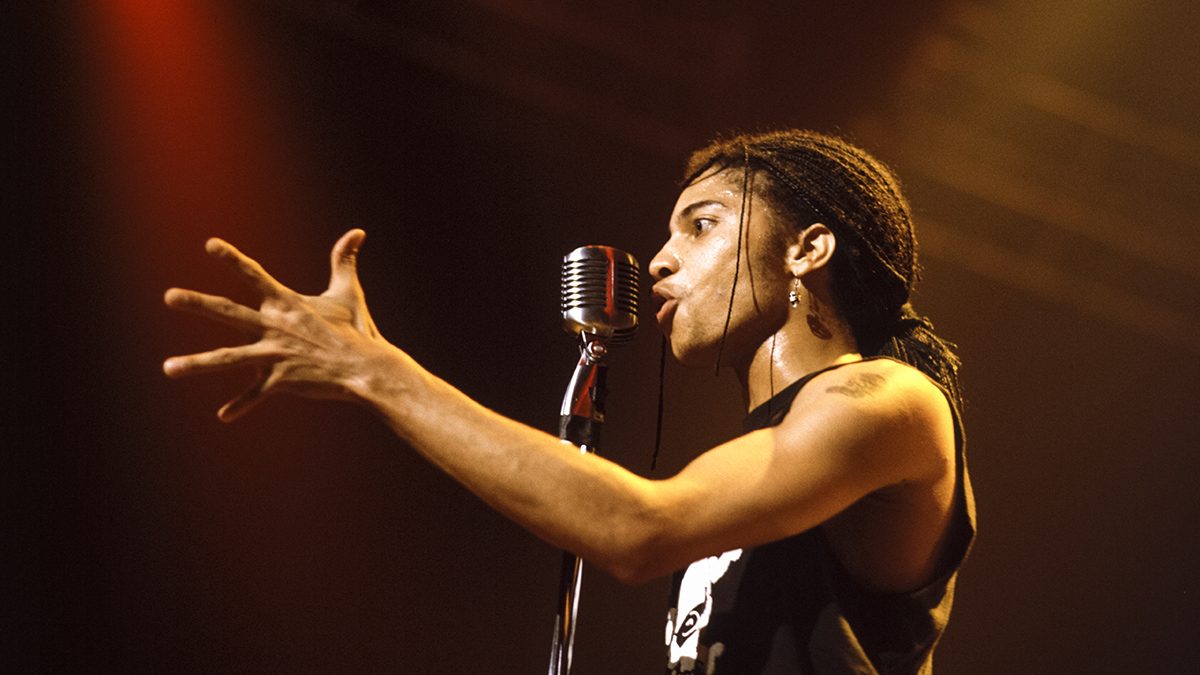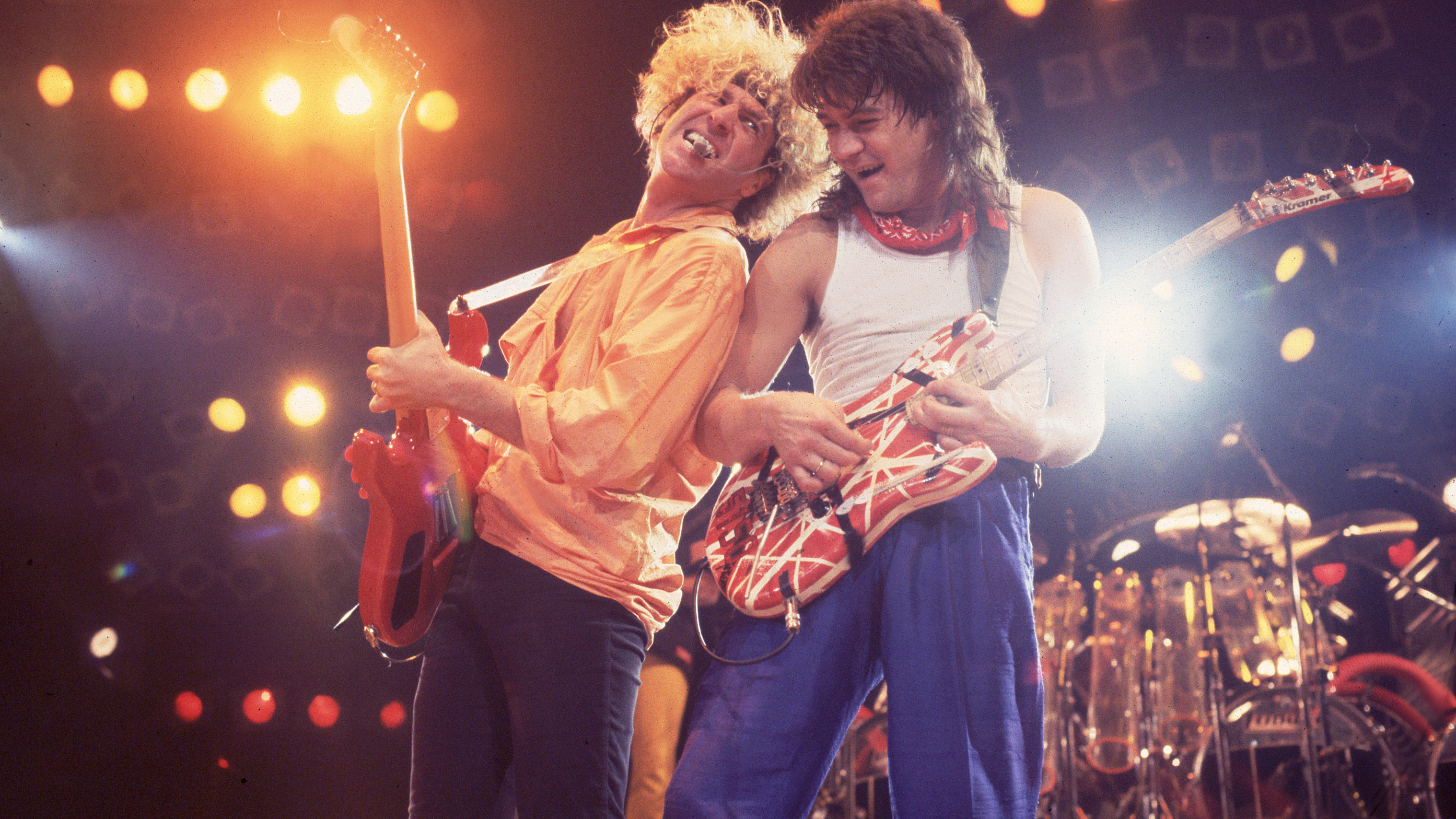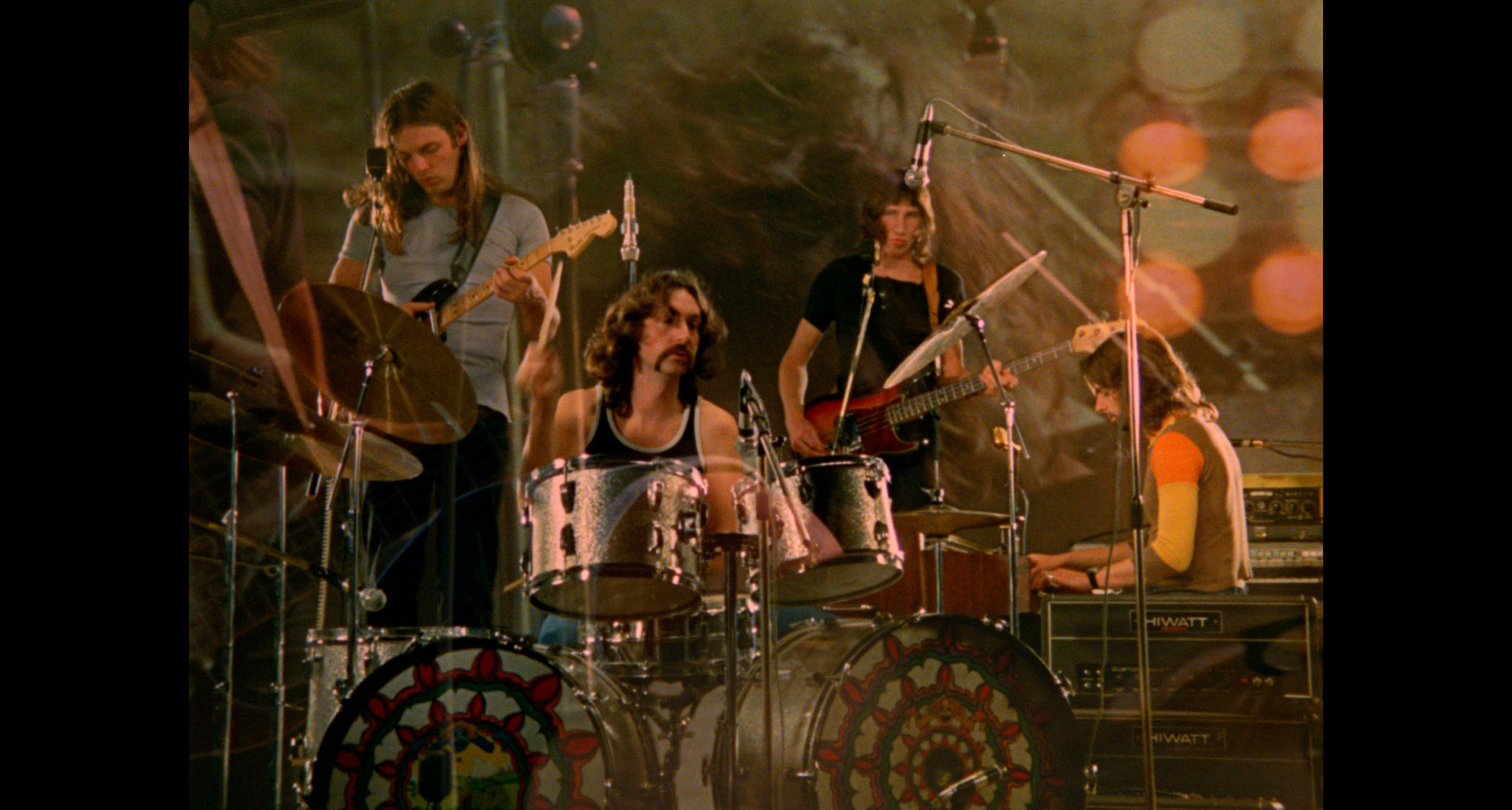5 songs guitarists need to hear by… Brian Setzer
He's one of the all-time great guitar players, but where do you start? Here!
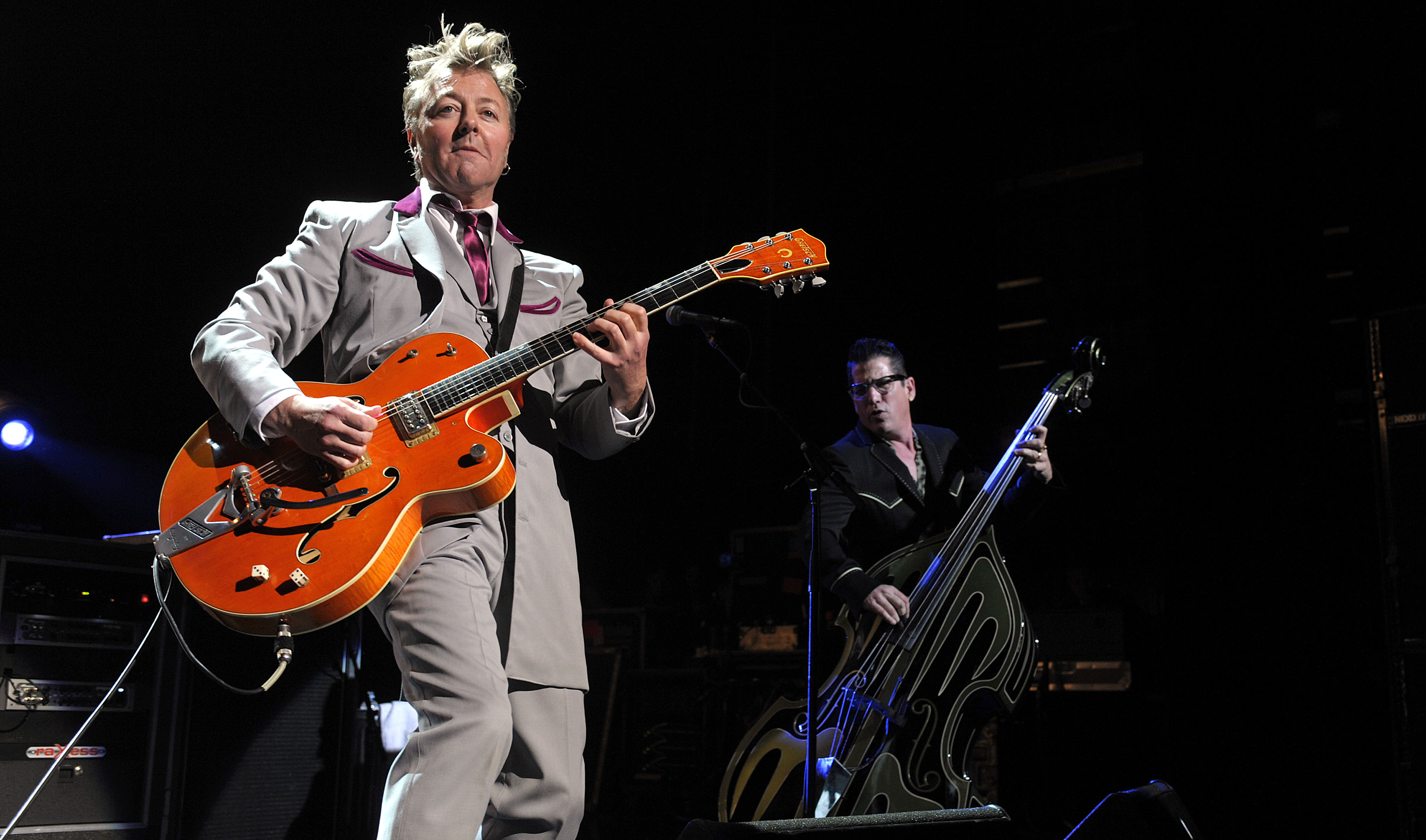
At the forefront of both the eighties rockabilly revival and revitalisation of the big band swing a decade later, Brian Setzer is one of the most diverse guitarists of modern times.
An expert proponent of jazz, country, bluegrass, jive, Western swing and more, the Long Islander has fronted The Stray Cats, formed and led the incredible Brian Setzer Orchestra and played with roots rockabilly combo The Nashvillains, dropping jaws and charming ears with his iconic 1959 Grestch 6120 in the process.
Struck low with severe tinnitus that forced him to cancel what would have been BSO’s 16th annual Christmas Rocks! American tour in 2019, we can only hope that he will be able to continue to make music but, for now, here are a five examples of Setzer gold to showcase just how varied his output has been.
1. Runaway Boys – Stray Cats (1981)
For a band as steeped in classic American music as The Cats, it’s telling that they felt they had to up sticks from their native New York to Blighty in order to find success. But find it they did and just five months after arriving in London in June 1980, they had their debut album in the can and were strutting their pompadoured stuff on Top Of The Pops, miming for all they’re worth to this, their first single.

The Stray Cat on the band's 40th anniversary and his beloved Gretsch guitars
The malevolent bass and guitar line, edged with malice and brandished like a flick knife, is at odds with the vibe of the album’s other two monster hits, the languorous Stray Cat Strut and high-octane Rock This Town, and the fact that Setzer was just 21 at the time makes the fiery solo all the more magnificent.
The album’s near-perfect cache of songs was repackaged for their first US release, 1982’s platinum-selling Built For Speed, but by then they were already well on their way to fully resurrecting rockabilly in their own image, much to the delight of anyone who heard their music or witnessed one of the kinetic live shows.
The American public, closely followed by Japanese audiences, found themselves as hooked as their European counterparts and the future was assured.
Get the MusicRadar Newsletter
Want all the hottest music and gear news, reviews, deals, features and more, direct to your inbox? Sign up here.
“I think it was a combination of balls and stupidity.” Setzer told us in 2019. “I wouldn’t give myself that much credit! Actually, ‘stupidity’ is a bit strong. ‘Naïvety’ is a nicer way of putting it.”
2. Jumpin’ East of Java – Vavoom! (2000)
Many bands will bemoan the crippling costs of going out on the road for any length of time, so spare a thought for the scale of logistics required to keep the 17-piece Brian Setzer Orchestra going.

Sadly it’s now highly unlikely that the outfit will ever grace European shores, but the double hit of 1998’s The Dirty Boogie, and Vavoom! released two years later contain some of the most thrilling guitar-led big band music ever recorded: it’ll certainly get you in the mood.
This ode to a humble cup of Joe is the perfect mix of rockabilly attitude and big band swagger, and the rhythms sway back and forth between the double bass and brass sections with silky ease, all underpinned by a guitar that’s absolutely on fire.
Live versions feature an extended duel between Setzer’s candy Grestch and the dextrous trumpet of Willie Murillo, and if your fingers ain’t a-clickin’ and a-poppin’ during the climax, you might want to check your pulse. Wonderful stuff.
3. Honey Man – Wolfgang’s Big Night Out (2007)
On the face of it an album comprising swing adaptations of some of classical music’s best loved compositions may seem ill-advised but, such is the style and sheer musicality both Setzer and his orchestra bring to the table, the concept works like a charm.

Honey Man comes at Nikolai Rimsky-Korsakov’s fiendishly difficult orchestral piece Flight of the Bumblebee from a new angle, with Setzer gamely taking on the fluttering, buzzing melody, aided and abetted by BSO backing vocalists Leslie Spencer-Smith and Julie ‘Mrs Setzer’ Reiten.
He even had to resort to a first-fret capo for the opening bars, but throws himself into the flurries of notes with gusto.
Proceedings end with a passage of chromatic scales and lightning-fast chord changes that are as close as a player like Setzer is ever likely to come to out-and-out shredding and although the album received a muted response upon its release, there’s still plenty of guitar to get the teeth into.
4. I Won't Stand in Your Way – The Ultimate Collection (2004)
BSO has released a number of live albums over the years, not least a swathe recorded during the many Yuletide tours. The second disc of The Ultimate Collection comprises a set previously released in Japan in 2001 called Jumping East of Java, although the latter’s running order is bereft of this absolute gem.
Originally on The Cats’ third album, 1983’s Rant n' Rave with The Stray Cats, the addition of a Gretsch Spectra-Sonic baritone for live renditions turned a sweet 50’s-style ballad that could have come straight from the Grease soundtrack into something very special.
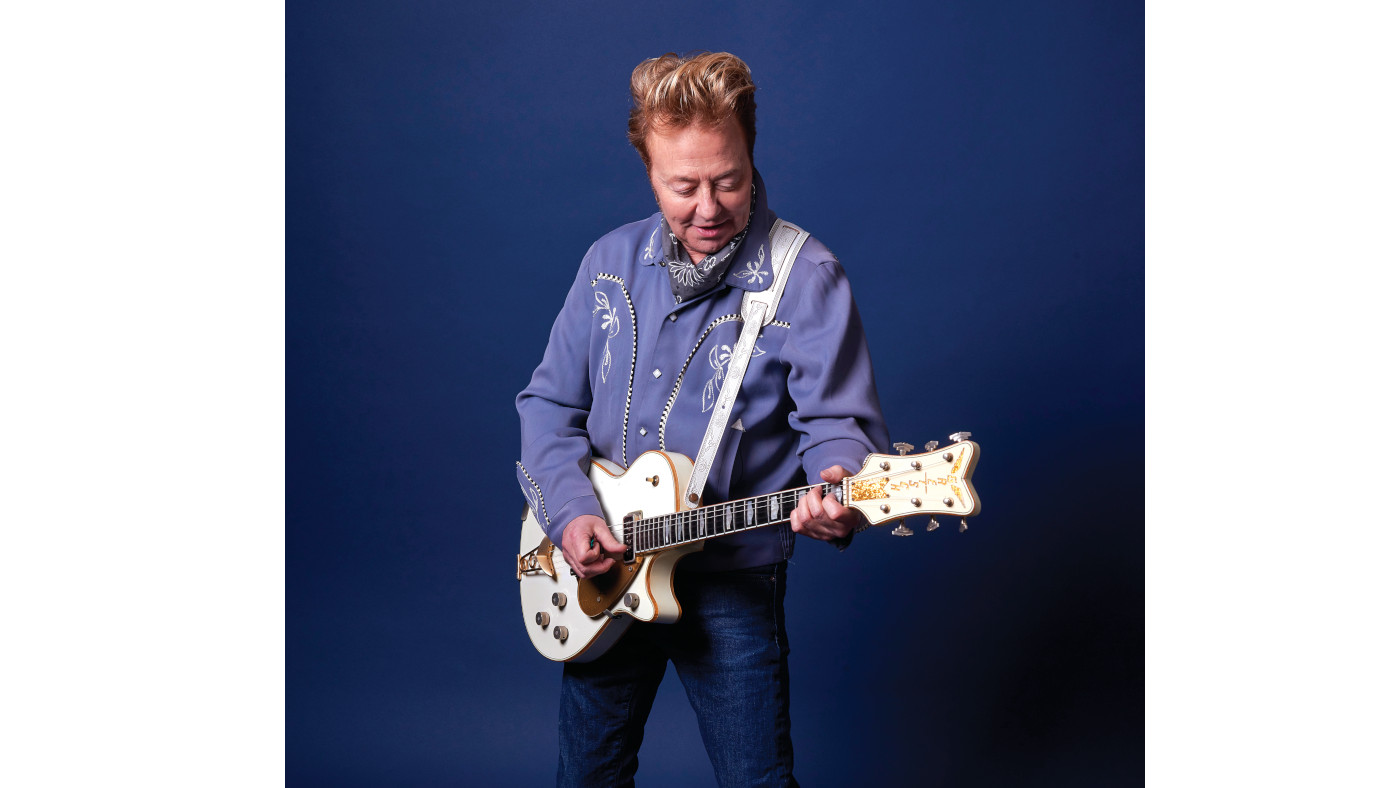
It’s Setzer’s masterful performance that makes the difference and he sings with real emotion whist coaxing some incredible chord progressions out of his overlong guitar.
Often palming the pick during a lead break in a masterclass in sheer style, he sometimes uses just two strings in harmony or gives the Bigsby a subtle dip to keep things interesting and, as he has done his career his entire career, keeps it real with a splash of rockabilly venom before falling back into the melancholy melody.
The clip above is well worth repeated viewing, if only to try and work out just one more finger-stretching chord. Sublime.
5. Blue Moon Of Kentucky – Setzer Goes Instru-Mental! (2011)
Setzer has released a number of albums that include inventive reworkings of some of the building blocks of American music, and none is more worthy of mention than this bluegrass standard.
Originally recorded way back in the late forties by Bill Monroe the tune is probably better known as the B-side to Elvis Presley’s first single That’s All Right that was released by Sun in 1954, but Setzer’s approach elevates it to a new, different level.
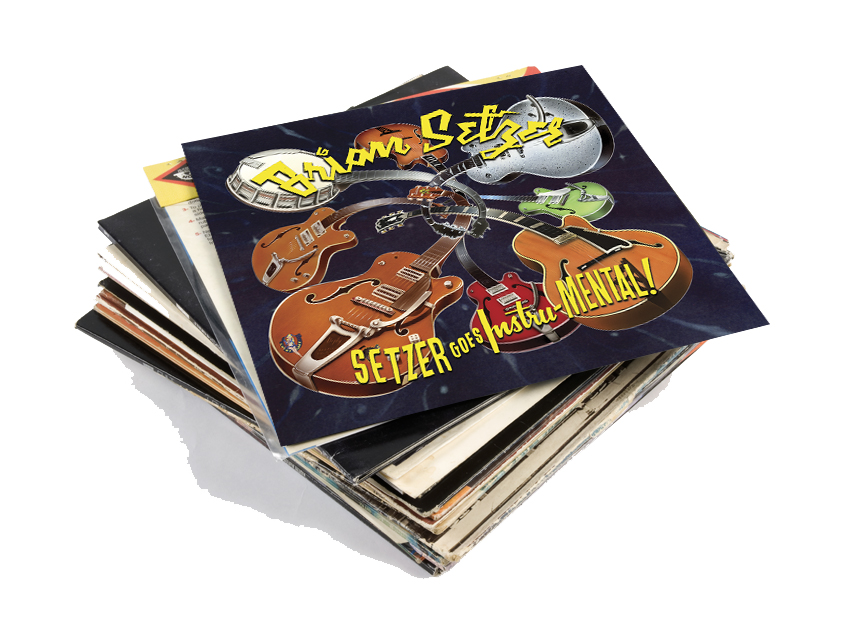
Brian Setzer talks Setzer Goes Instru-Mental! track-by-track
He dispenses with the original’s gentle 3/4 waltz feel in favour of a quicker tempo in 4/4 time and, with a clear production and sparse instrumentation, it’s easy to hear exactly what Setzer is up to. His jazzy use of smooth chords is in direct contrast to the meat of the song’s construction in which he uses a greatest hits of his favourite licks to develop the melody.
With no vocals to cloud the issue, the number of different tones he wrangles from his go-to Gretsch 6120/Fender Bassman set-up is inspiring and if you can pick anything up from the clip we’ve chosen, your own technique will improve.
“I was working off the Elvis version, the whole Scotty Moore thing,” Setzer told MusicRadar in 2011. “It’s a traditional bluegrass song so I put some jazz chords behind it. All of a sudden, I had something unique. That’s what makes it worthy. You can’t do it better than Elvis!”
Simon Bradley is a guitar and especially rock guitar expert who worked for Guitarist magazine and has in the past contributed to world-leading music and guitar titles like MusicRadar (obviously), Guitarist, Guitar World and Louder. What he doesn't know about Brian May's playing and, especially, the Red Special, isn't worth knowing.
“He seems to access a different part of his vast library of music genre from the jukebox-in-his-head! This album is a round-the-world musical trip”: Joe Bonamassa announces new album, Breakthrough – listen to the title-track now
"There had to be some sort of telepathy going on because I've never seen spontaneous inspiration happen at that level”: The genius of Eric Clapton's controversial masterpiece, Layla




